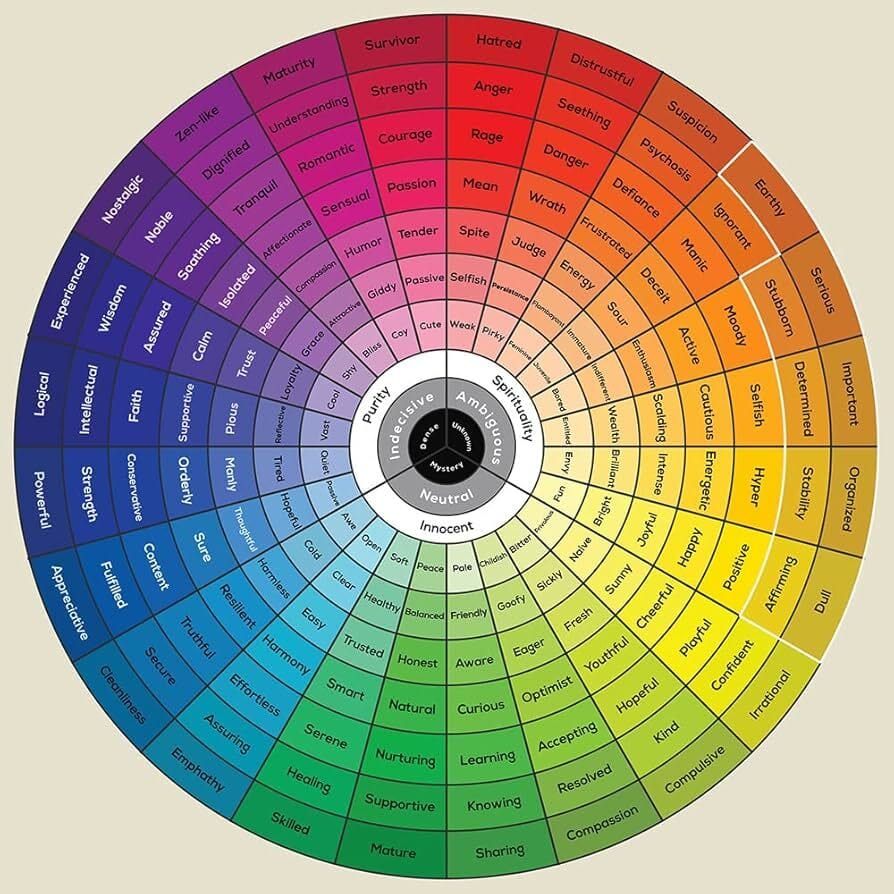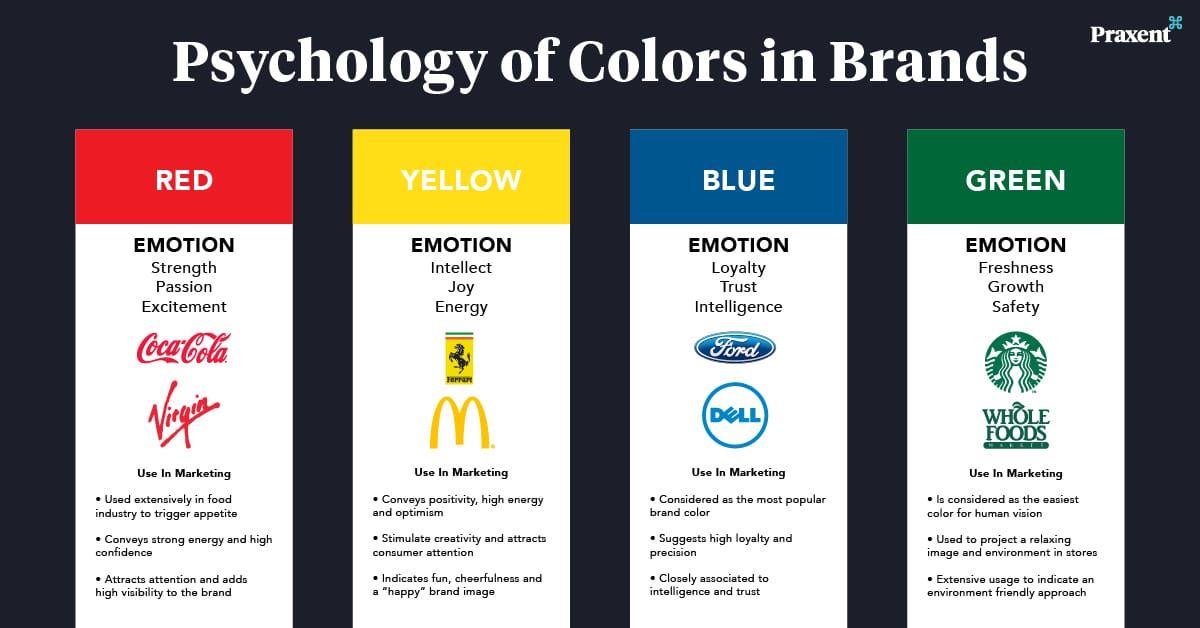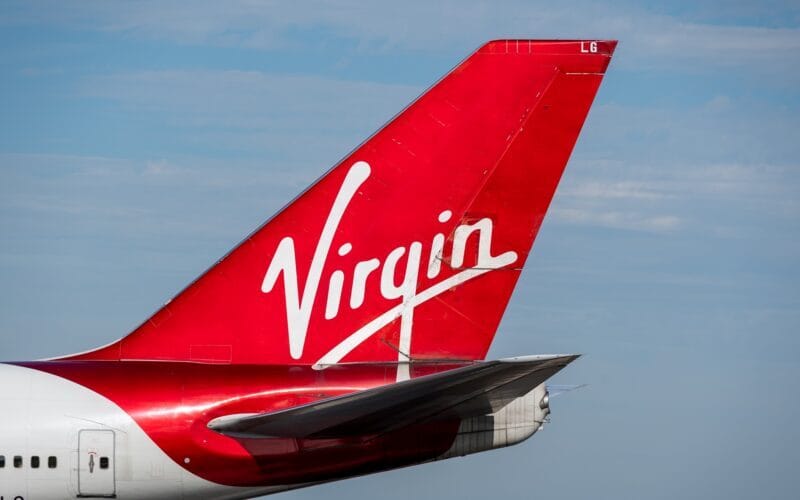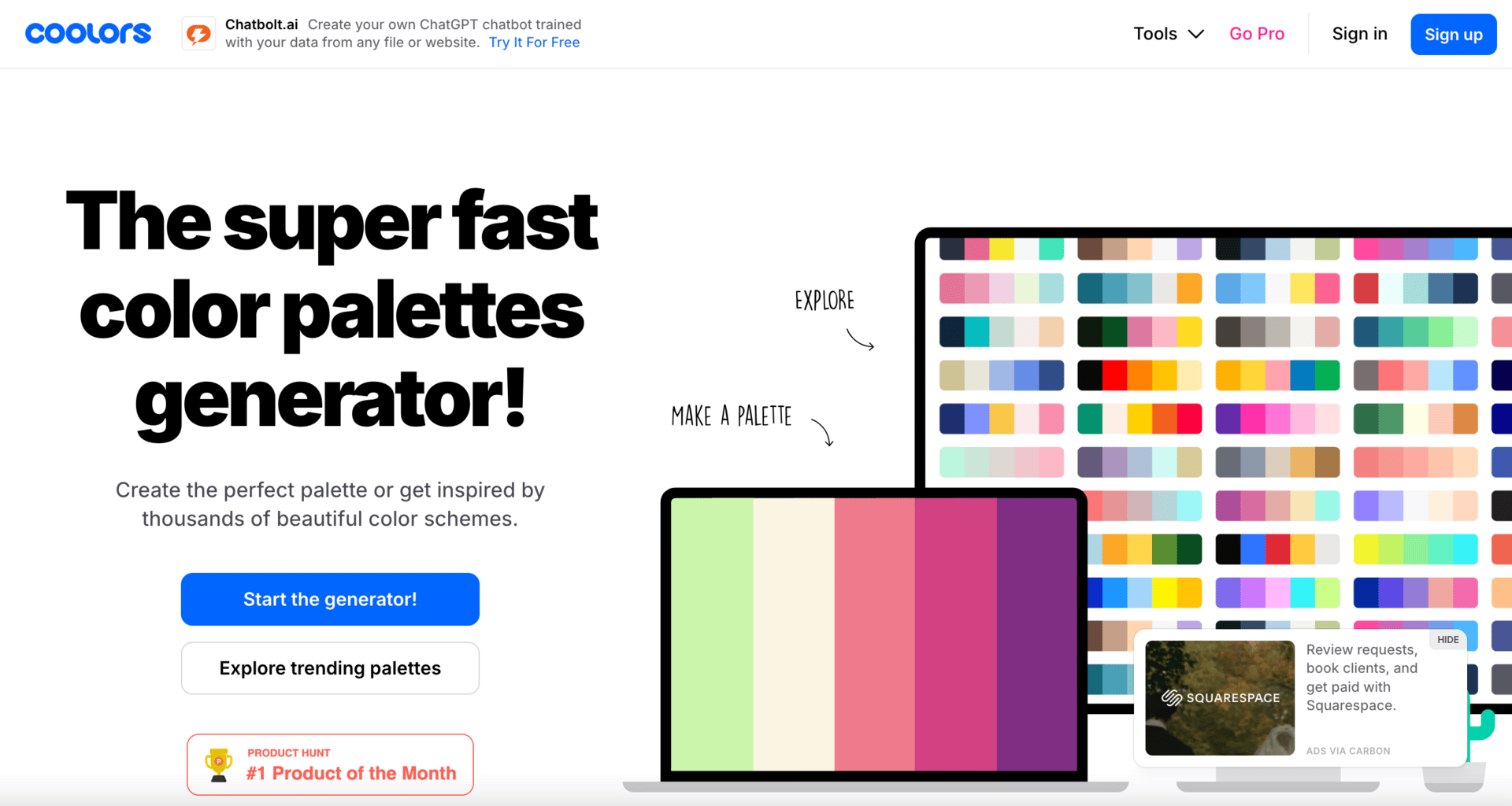- Minimum Viable Brand
- Posts
- How to Choose a Brand Color (That You Won’t Regret)
How to Choose a Brand Color (That You Won’t Regret)
Color is the first cue your brand sends—make it count.

🚨 Automate yourself appearing on Hundreds of Great Podcasts
If you're an entrepreneur of any kind, frequent podcast guesting is the NEW proven & fastest path to changing your life. It's the #1 way to get eyeballs on YOU and your business. Podcast listeners lean in, hang on every word, and trust guests who deliver real value (like you!). But appearing on dozens of incredible podcasts overnight as a guest has been impossible to all but the most famous until now.
Podcast guesting gets you permanent inbound, permanent SEO, and connects you to the best minds in your industry as peers.
PodPitch.com is the NEW software that books you as a guest (over and over!) on the exact kind of podcasts you want to appear on – automatically.
⚡ Drop your LinkedIn URL into PodPitch.
🤖 Scan 4 Million Podcasts: PodPitch.com's engine crawls every active show to surface your perfect podcast matches in seconds.
🔄 Listens to them For You: PodPitch literally listens to podcasts for you to think about how to best get the host's attention for your targets.
📈 Writes Emails, Sends, And Follows Up Until Booked: PodPitch.com writes hyper-personalized pitches, sends them from your email address, and will keep following up until you're booked.
👉 Want to go on 7+ podcasts every month and change your inbound for life? Book a demo now and we'll show you what podcasts YOU can guest on ASAP:
A great brand color doesn’t just “look good.” It signals. It sticks. It shapes perception long before anyone reads a word of your copy.
And yet, far too many early-stage startups treat color as an afterthought. They pick something that feels trendy. Or worse, they outsource it to a template, a default, or a designer who hasn’t been given any direction.
The result? A brand that looks generic, inconsistent, or completely disconnected from what the company stands for.
Choosing the right brand color isn’t just about aesthetics. It’s about making a strategic choice that reflects your personality, supports usability, and sets you apart in your space.
Here’s how to do it right.
1. Lead With Strategy Before Aesthetics
Your color should express your brand’s positioning, not just your personal taste.
Are you aiming to feel bold and energetic—or calm and trustworthy? Premium and exclusive—or friendly and accessible? Your primary color should match that emotional goal.
Some quick associations:
Blue: Trust, stability, intelligence
Green: Growth, wellness, balance
Yellow: Optimism, creativity, energy
Red: Urgency, excitement, passion
Black/Charcoal: Sophistication, authority, minimalism
Purple: Luxury, imagination, depth
These are cultural guidelines, not strict rules. Use them intentionally when it makes sense—not rigidly.
Pro tip: Ask yourself, “If my brand were a person, how would it want to make someone feel?” That’s the vibe your color should help evoke.

From trust to urgency to joy—color evokes emotion. The best brands choose intentionally and use that psychology to lead.
2. Audit the Competitive Landscape
Before you lock in your brand color, scan your category.
What colors are your competitors using?
Is there a dominant palette (e.g., tech = blue, health = green)?
Is there whitespace you can own?
You don’t have to zag just because others zig. But if everyone in your space is blue-on-blue, choosing a bold red or warm tan might instantly make you more memorable.
Remember: Color is one of the fastest visual signals our brains register. If yours feels too similar to the rest, your differentiation may suffer.
3. Prioritize Usability and Flexibility
Your color may look great on a pitch deck, but how does it perform:
On a mobile screen?
As a button color?
On merch or signage?
Against light and dark backgrounds?
Avoid colors that are too light, oversaturated, or hard to gauge at small sizes. Accessibility matters—especially if your users are interacting with your product every day.
And, in addition to your primary brand color, you’ll also want a supporting palette:
A neutral background color
An accent or secondary color
A CTA/interactive color
These should work well together and allow your main brand color to shine.

Red for energy, white for simplicity—Virgin Group’s hallmark color palette proved extremely useful and versatile through the years, allowing the brand to scale seamlessly from airlines to mobile to music and more.
4. Don’t Overcommit to Trends
Neon gradients might look hot in the Dribbble portfolio of a recent design grad—but will they still feel fresh in two years?
You’re not just designing for launch day. You’re designing for the long haul: site updates, ad campaigns, social posts, swag, and beyond.
If your brand color is too tied to a fleeting trend, you may outgrow it before you grow your business.
Ask yourself: “Will this still feel like us as we scale?”
5. Test It in Context
Never choose a brand color in isolation. Always test it:
With your actual typography
In UI mockups or landing pages
As a CTA button or nav highlight
Paired with your logo in grayscale and color
How does it make the full experience feel? Cohesive? Off-brand? Try a few combinations before deciding.
Tip: Tools like Coolors, Color Hunt, and Adobe Color are great for building palettes. But don’t just rely on them—test with your brand elements in your context.

Color tools like Coolors are a smart starting point for developing your brand’s palette. But your brand colors earn their keep when they’re tested in real-world contexts.
Final Thought
Your brand color isn’t just a design choice—it’s a commitment. It’ll appear in your product, your pitch deck, your ads, your swag, and your signage.
So choose it like you mean it.
Start with your strategy. Look at your category. Think about usability. Avoid short-term trends. And always test in the real world.
Because when it works? A great brand color doesn’t just stand out. It becomes shorthand for everything you stand for.
And that’s a decision worth making well.
Best,
Edwin
What did you think about this week's newsletter? |

